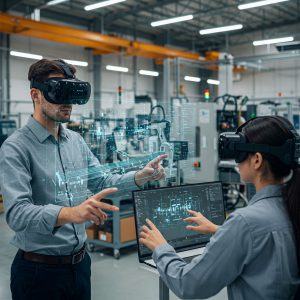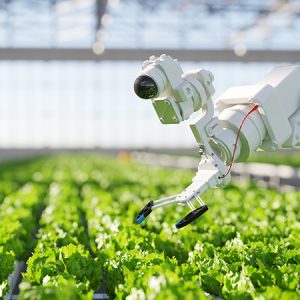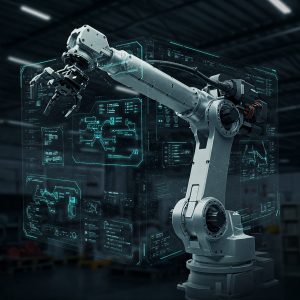The Future is Now: PLC/SCADA Programming Meets AR

For decades, Programmable Logic Controllers (PLCs) and Supervisory Control and Data Acquisition (SCADA) systems have formed the backbone of industrial automation. But as technology advances at an ever-increasing pace, these traditional systems are evolving, integrating with cutting-edge innovations like Artificial Intelligence (AI). This convergence is not just a futuristic concept; it’s happening now, and it’s reshaping the landscape of industrial automation.
Enhanced Efficiency and Automation
Traditional PLC/SCADA programming relies heavily on predefined rules and logic. While effective, this approach can be rigid and struggle with complex, dynamic environments. AI, however, brings a new level of adaptability. Machine learning algorithms can analyze vast amounts of data collected by SCADA systems, identifying patterns, predicting potential issues, and optimizing processes in real-time.

Imagine a manufacturing line where an AI-powered system analyzes sensor data from PLCs. It can detect subtle anomalies that might indicate an impending equipment failure, triggering proactive maintenance and preventing costly downtime. Or, consider a SCADA system that uses AI to optimize energy consumption in a large facility, adjusting settings based on real-time demand and environmental factors. These are just a few examples of how AI can enhance efficiency and automation in PLC/SCADA environments.
Smarter Decision-Making
AI can also empower operators and engineers with smarter decision-making capabilities. By analyzing historical data and real-time information, AI algorithms can provide insights and recommendations that might not be immediately apparent to human operators. This can lead to improved process control, increased productivity, and reduced errors.
Augmented Reality (AR) and the Human Element
While AI automates and optimizes, Augmented Reality (AR) is revolutionizing how humans interact with these systems. AR can overlay real-time data from SCADA systems onto the physical world, providing operators with instant insights and guidance. For example, an AR application could display equipment status, maintenance instructions, or even virtual measurements directly on a tablet screen while an operator is inspecting a machine.
This combination of AI and AR creates a powerful synergy. AI analyzes the data, and AR presents it in a clear, intuitive way, empowering humans to make informed decisions and take appropriate actions.AR enhances collaboration, spatial awareness, and error reduction. AR provides technicians with step-by-step instructions, making complex tasks easier and reducing training time.
Challenges and Considerations

Of course, integrating AI into PLC/SCADA systems comes with its own set of challenges. Data security, system reliability, and the need for specialized expertise are all factors that need to be carefully considered. Additionally, as noted in, it’s crucial to maintain critical thinking and source evaluation, especially in educational contexts. AI provides a single answer framed as truth, while Google offers multiple sources. Checks and balances are also important to maintain in industrial settings.
The Future of Industrial Automation

Despite these challenges, the integration of AI and AR with PLC/SCADA systems is undoubtedly the future of industrial automation. By embracing these new-age technologies, companies can unlock unprecedented levels of efficiency, productivity, and innovation. As technology continues to evolve, we can expect even more exciting developments in this space, further blurring the lines between the physical and digital worlds.


